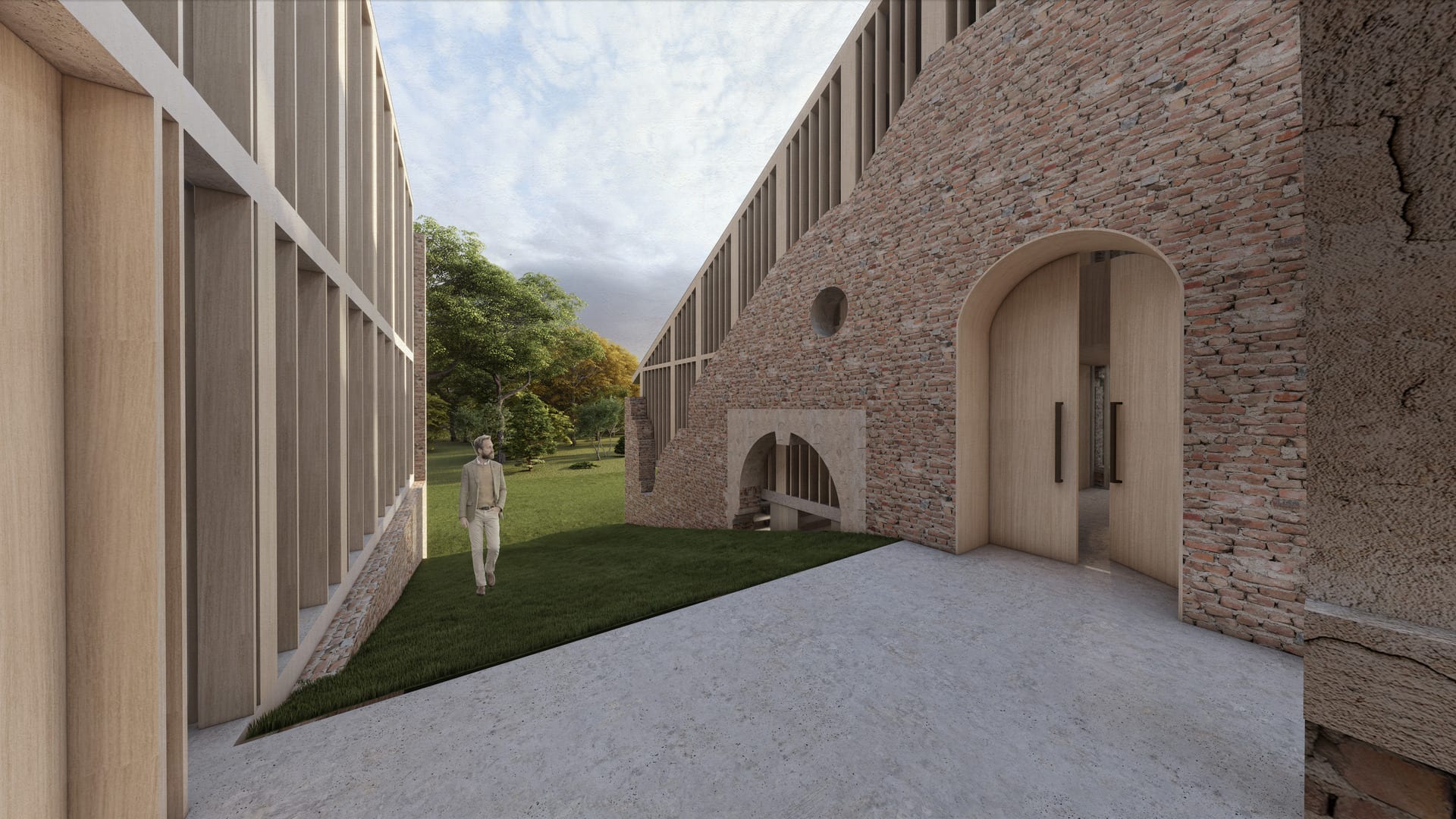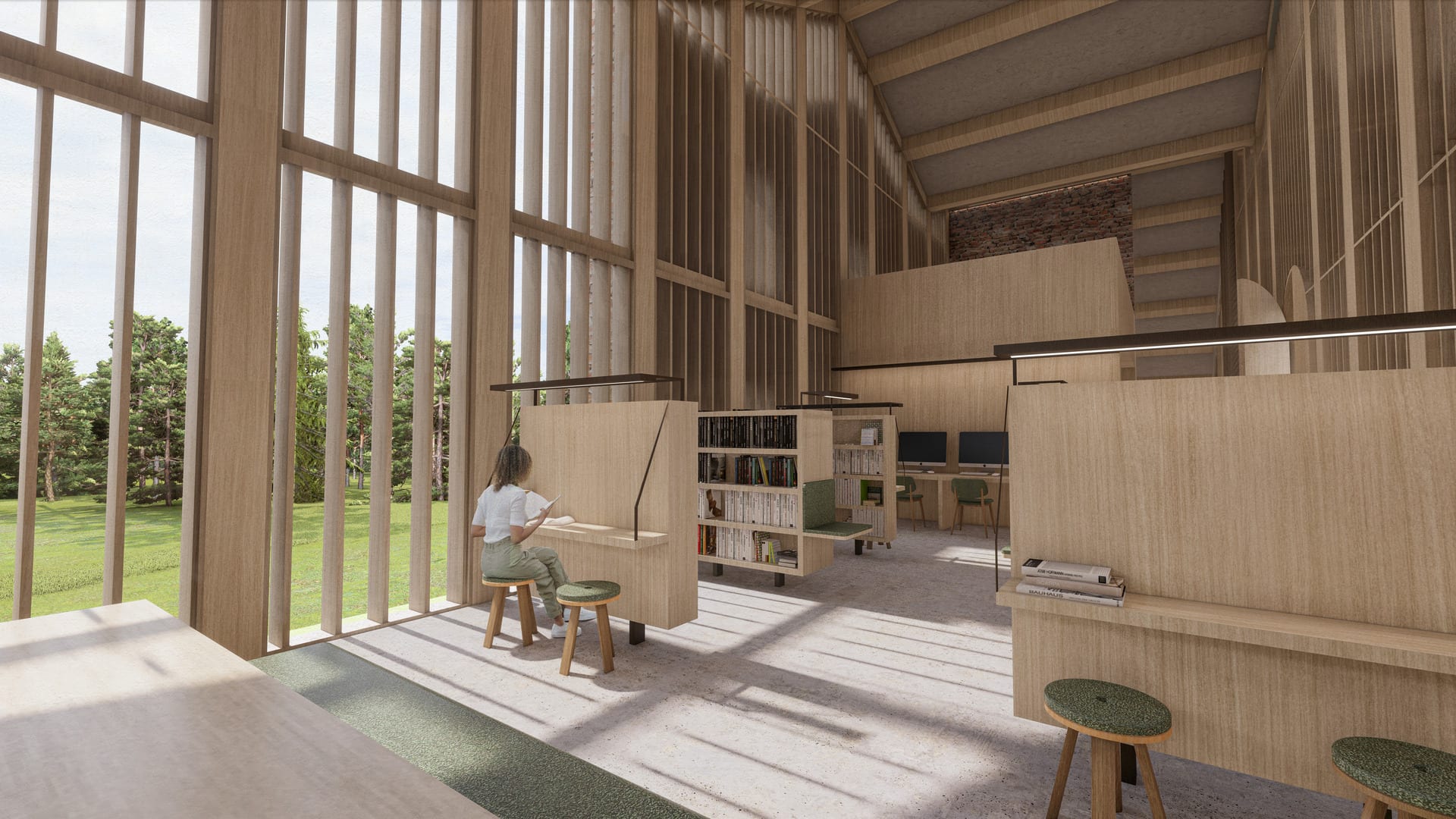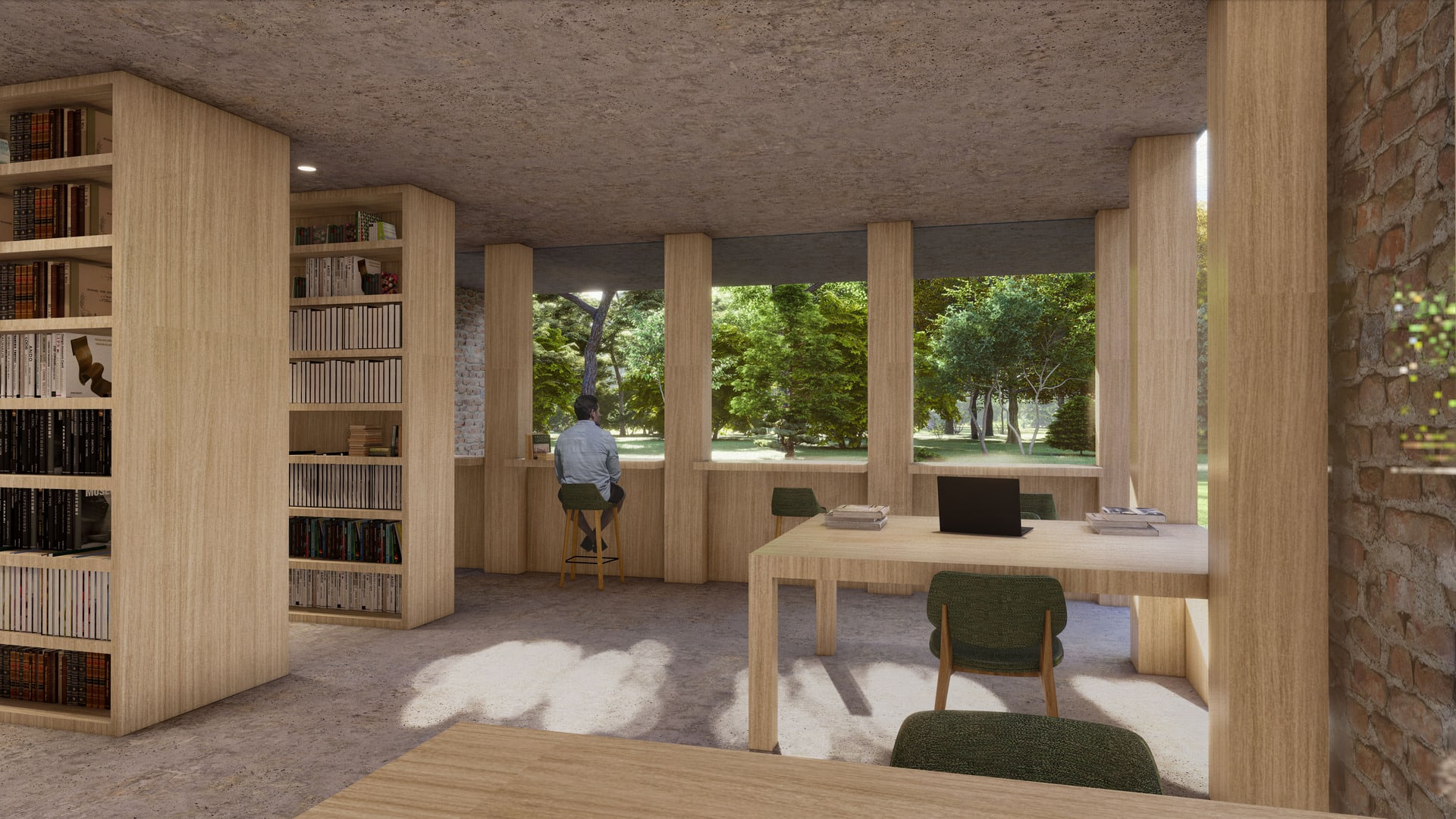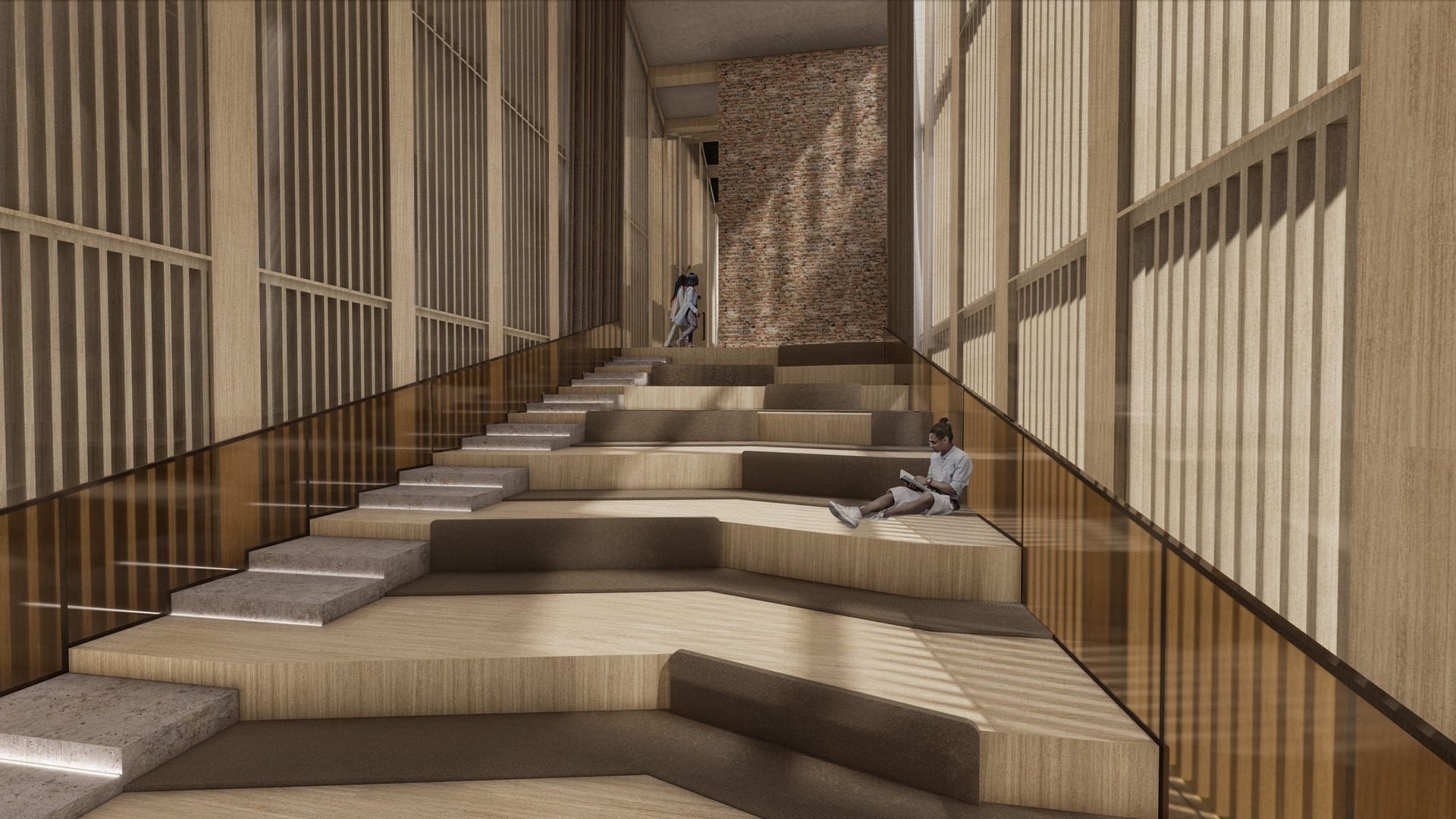Anna Makarova is an interior and spatial designer with a strong interest in the potential of adaptive reuse and solutions improving human wellbeing. She believes that the great power of design lies in its ability to tell stories in a spatial context, turning it into an interactive journey capable of inspiring, educating and fostering a sense of connection. Anna is fascinated with site-specific design solutions that amplify the storytelling potential of buildings in a sustainable way.
Anna Makarova


Anna’s relationship with historical buildings goes back to her childhood in Russia, a country that has lost a lot of its cultural heritage through negligence, politics and even malice. To deepen her understanding of the complexity of the historical and cultural fabric, she chose to study History at the London School of Economics. To Anna, history is inherently linked with storytelling, and she is eager to explore the surrounding world, looking for stories yet untold and ways to tell them. In her projects, she engages with historic and derelict buildings, developing critical design concepts and exploring ways of embedding history into the design language without resorting to pastiche.
Anna Makarova is eager to question the existing reality, guided by the problem seeking approach to explore the sustainable ways of creating positive change. Ultimately, Anna wants to be someone who makes a difference: be it for a disused building, a fragmented community or simply a single person in need of some courage.












